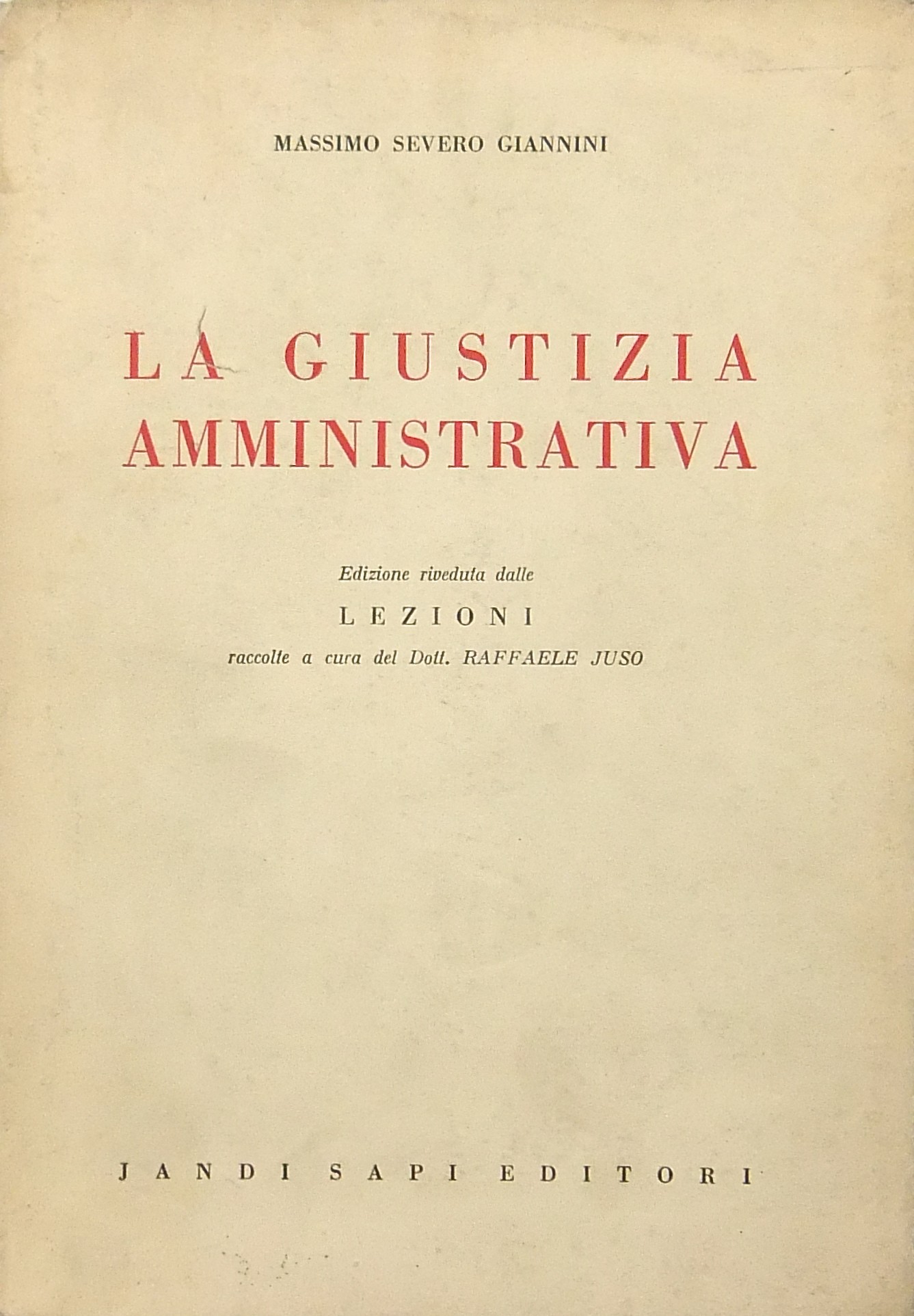
1652), the unlucky Bolognese painter Elisabetta Sirani (1638–1665), the Florentine miniaturist Giovanna Garzoni Domenica Maddalena Caccia, daughter of Moncalvo, and Fontana's contemporaries Barbara Longhi from Imola (1552–1638) and Venetian Marietta Robusti, whose father was Tintoretto. Other artists who grew up in artistic households were the Milanese still-life painter Fede Galizia (1578–1630), the famous Artemisia Gentileschi (1593–c. This was the rule for the vast majority of Italian women painters of the 16th and 17th centuries, the only exception being the noblewoman Sofonisba Anguissola (1532–1625).

Lavinia Fontana has to be considered a figlia d'arte, for she was the daughter of a painter, Prospero Fontana. Signs works: Lavinia Fontana virgo (before her wedding) Lavinia Fontana de Zappis (most frequently later). 1600) Cleopatra (Rome, Galleria Spada) Dressing Minerva (Rome, Galleria Borghese, 1613).

1600) The Queen of Sabah Visiting King Solomon (Dublin, National Gallery of Ireland, c. 1584) Ritratto del frate Panigarola (Florence, Uffizi, 1585) Portrait of a Noblewoman from the Ruini Family (Florence, Galleria di Palazzo Pitti, 1593) Judith and Holophern (Bologna, Museo Davia Bargellini, 1600) Conversation-piece (Milan, Pinacoteca Nazionale di Brera, c. Self-Portrait in the Studio (Florence, Galleria degli Uffizi, 1579) (first known publicĬommission) Assumption of the Virgin with Saints Peter Crisologus and Cassian (Imola, Pinacoteca Comunale, 1583) Portrait of the Gozzadini Family (Bologna, Pinacoteca Nazionale, 1584) Portrait of Lady with Dog ( Baltimore, Walters Art Gallery, c. 1587) Laodamia or Laudomia Zappi (1588–1605) Prospero (b. Born Lavinia Fontana in August 1552 in Bologna, Italy died in Rome, Italy, on August, 11, 1614 daughter of Prospero Fontana (a painter) and Antonia De Bonardis (who came from a printer's family in Parma) married Giovan Paolo Zappi, in 1577 children: Emilia (b. Name variations: Lavinia Fontana Zappi Lavinia Fontana de Zappis.

Bolognese painter, mainly of portraits and holy scenes, who gave a successful example of Italian painting during the CounterReformation.


 0 kommentar(er)
0 kommentar(er)
